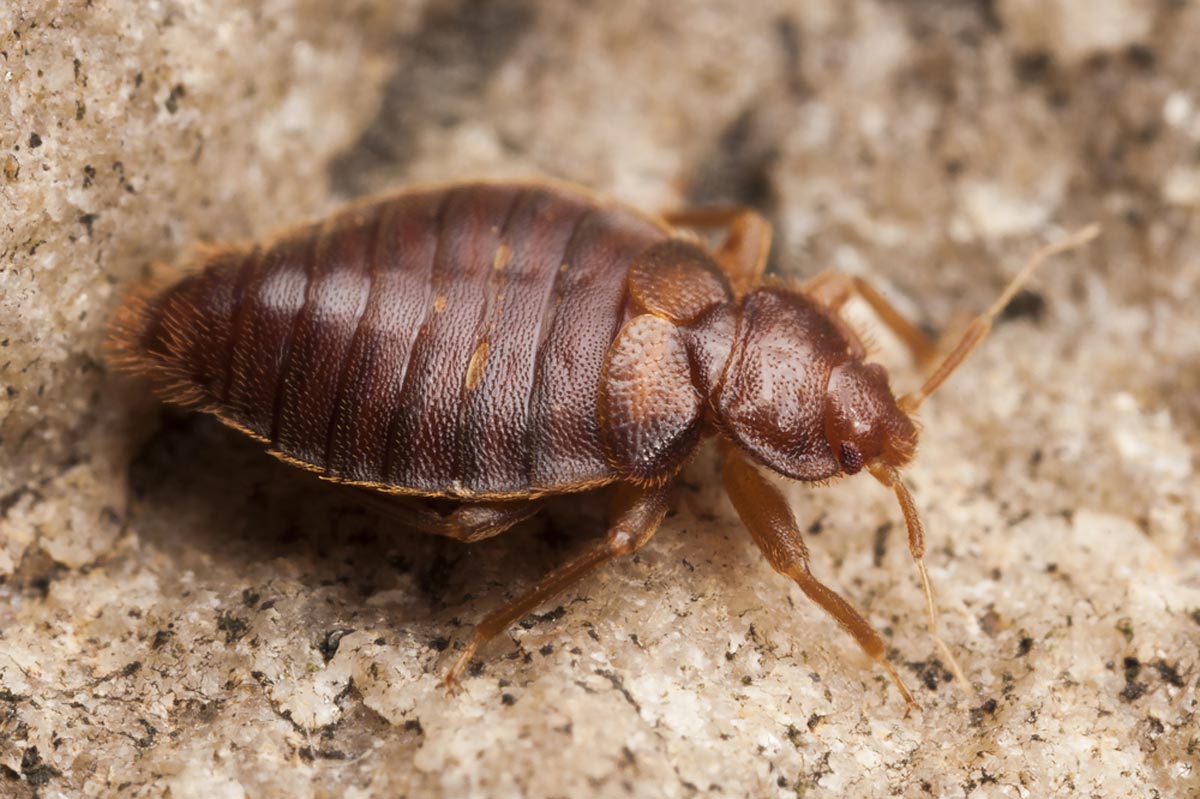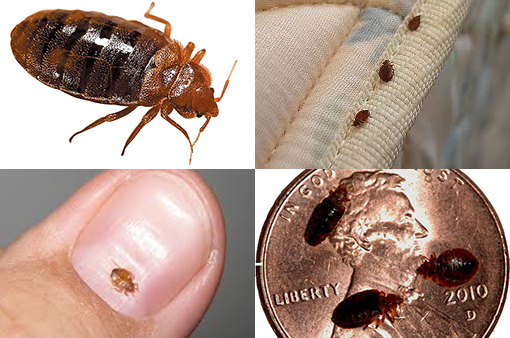A1 Bed Bug Exterminator Houston: Reliable Treatment Services
Understanding the Lifecycle of Insects for Targeted Control Methods
Understanding the lifecycle of pests is a fundamental element of efficient parasite management strategies. Through a much deeper understanding of exactly how parasites prosper and evolve, tailored control strategies can be designed to address particular points in their lifecycle, eventually leading to even more successful parasite administration results.
Relevance of Comprehending Insect Lifecycle
Comprehending the lifecycle of bugs is crucial for developing effective and targeted control strategies in pest management. By comprehending the various phases a parasite goes through from egg to grownup, pest control specialists can recognize weak spots in the lifecycle where treatment can be most effective. Recognizing when larvae are most energetic can aid determine the optimal timing for using larvicides. In addition, comprehending the lifespan of a bug species can help in anticipating populace development patterns and possible problem threats.
In addition, identifying the details environmental conditions required for every stage of the parasite's lifecycle can guide decisions on habitat adjustment or exemption approaches to decrease and interrupt the lifecycle parasite populations. This understanding enables pest monitoring professionals to implement positive procedures instead of relying exclusively on responsive therapies, bring about more long-term and sustainable bug control remedies. Ultimately, a complete understanding of insect lifecycles empowers pest control experts to tailor their strategies successfully, decreasing environmental effects and making best use of control outcomes.
Trick Stages in Insect Advancement
To efficiently execute targeted control strategies in insect management, a crucial facet lies in thoroughly identifying and recognizing the crucial stages in bug advancement. Pest growth usually is composed of a number of key phases that are essential for their lifecycle and administration. The first stage is the egg phase, where insects lay eggs that later hatch right into larvae. Larvae then proceed into pupae, a phase where they go through transformation before becoming adult parasites. Recognizing these stages is essential as it aids in pinpointing at risk points in the lifecycle where control measures can be most effective.

Susceptabilities in Insect Lifecycle
Throughout the various phases of a parasite's lifecycle, unique susceptabilities emerge that can be strategically targeted for efficient control procedures. One important vulnerability depends on the egg phase, where bugs are frequently a lot more susceptible to certain insecticides or organic control representatives because of their soft external shell, making them much easier targets for treatment. Furthermore, the larval or nymph phase offers susceptabilities as bugs go through rapid growth and advancement, requiring high power usage that can be manipulated by disrupting their food sources or introducing development preventions. Pupal phases, identified by immobility and improvement, supply a window for targeted control with physical obstacles or details treatments that impede effective appearance. Grown-up insects, while extra durable due to their reproductive capability, can still be you can find out more prone throughout breeding or egg-laying tasks, which can be interfered with through scent catches or sanitation strategies. Comprehending these susceptabilities in the bug lifecycle is important for creating specific and reliable control approaches that effectively take care of bug populations while minimizing ecological effect.
Carrying Out Targeted Control Actions

Implementing targeted control measures typically entails a multi-faceted technique. This may include environment adjustment to make the setting much less congenial to insects, such as eliminating standing water for mosquito control or sealing access points for rodents. Furthermore, organic control methods can be made use of, where natural killers or pathogens are presented to keep bug populations in check.
Integrated Pest Management (IPM) methods that integrate numerous control measures in a worked with and lasting fashion are usually the most effective in attaining lasting insect administration goals. By executing targeted control procedures based on a detailed understanding of parasite lifecycles, parasite populaces can be effectively managed while reducing dangers to human health and wellness and the atmosphere.
Improved Parasite Monitoring Practices

Moreover, the consolidation of biological control agents, such as natural killers or pathogens of parasites, can assist reduce reliance on chemical pesticides and promote a much more well balanced environment. Executing physical barriers and traps can additionally be part of boosted insect management methods, supplying non-toxic and targeted solutions for bug control. Additionally, making use of scents and other semiochemicals can disrupt pest breeding patterns and communication, leading to minimized pest populaces with time.
Conclusion
Finally, comprehending the lifecycle of bugs is essential for efficient parasite monitoring techniques. By determining vital phases in parasite advancement and susceptabilities in their lifecycle, targeted control steps can be carried out to decrease insect populaces. Boosted parasite monitoring practices can help in reducing the reliance on broad-spectrum pesticides and advertise even more lasting and ecologically pleasant insect control techniques. This understanding plays an important function in preserving healthy and balanced ecosystems and agricultural productivity.
Comprehending the lifecycle of insects is important for developing visit site reliable and targeted control techniques in pest monitoring. By comprehending the numerous phases an insect goes via from egg to adult, pest control experts can determine vulnerable factors in the lifecycle where intervention can be most effective. Eventually, a thorough understanding of bug lifecycles equips pest control practitioners to customize their methods efficiently, reducing ecological influences and taking full advantage of control end results.
By executing targeted control actions based on a comprehensive understanding of parasite lifecycles, insect populations can be properly controlled while lessening risks to human health and wellness and the setting.
By identifying crucial phases in pest advancement and susceptabilities in their lifecycle, targeted control steps can be carried out to minimize parasite populations.